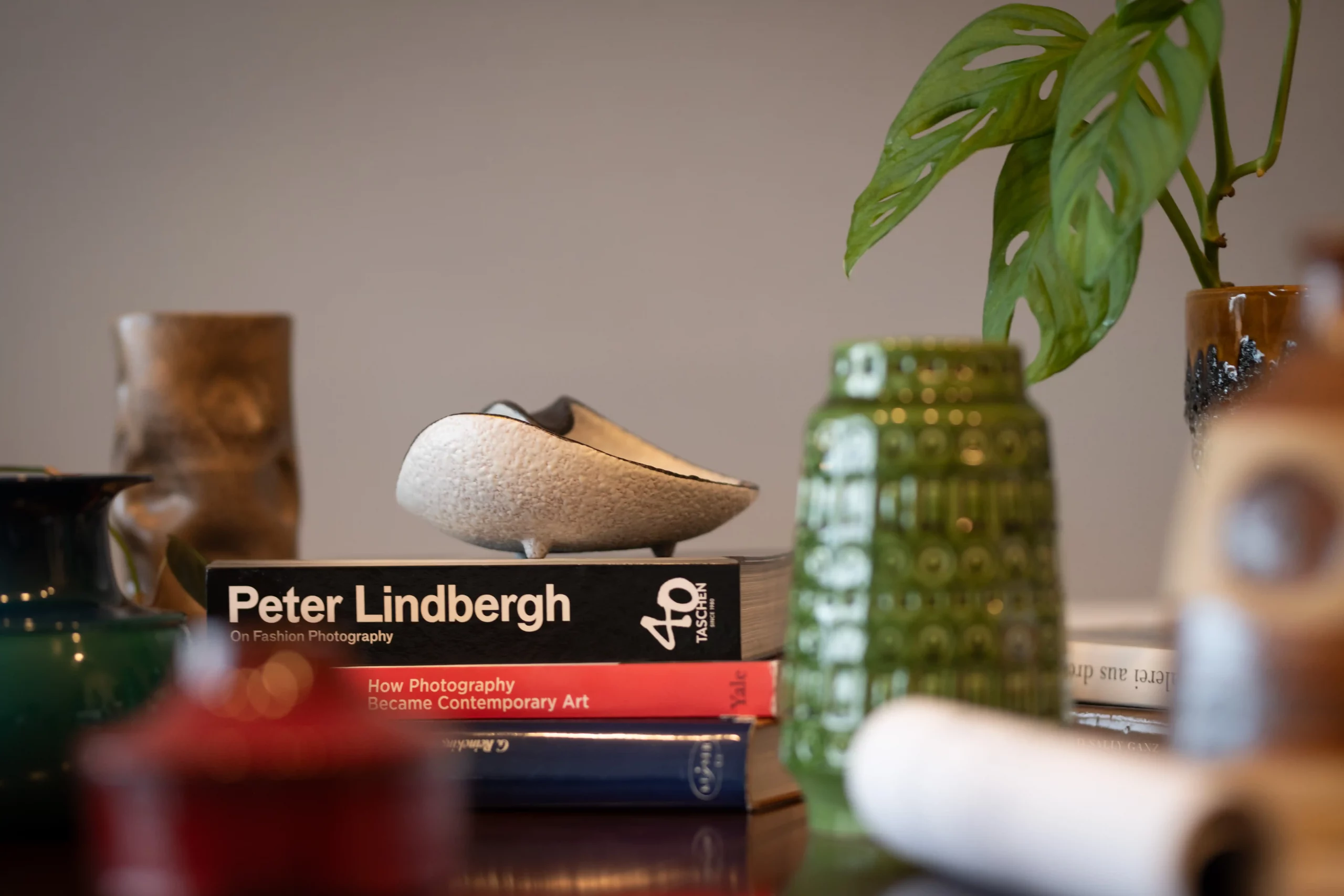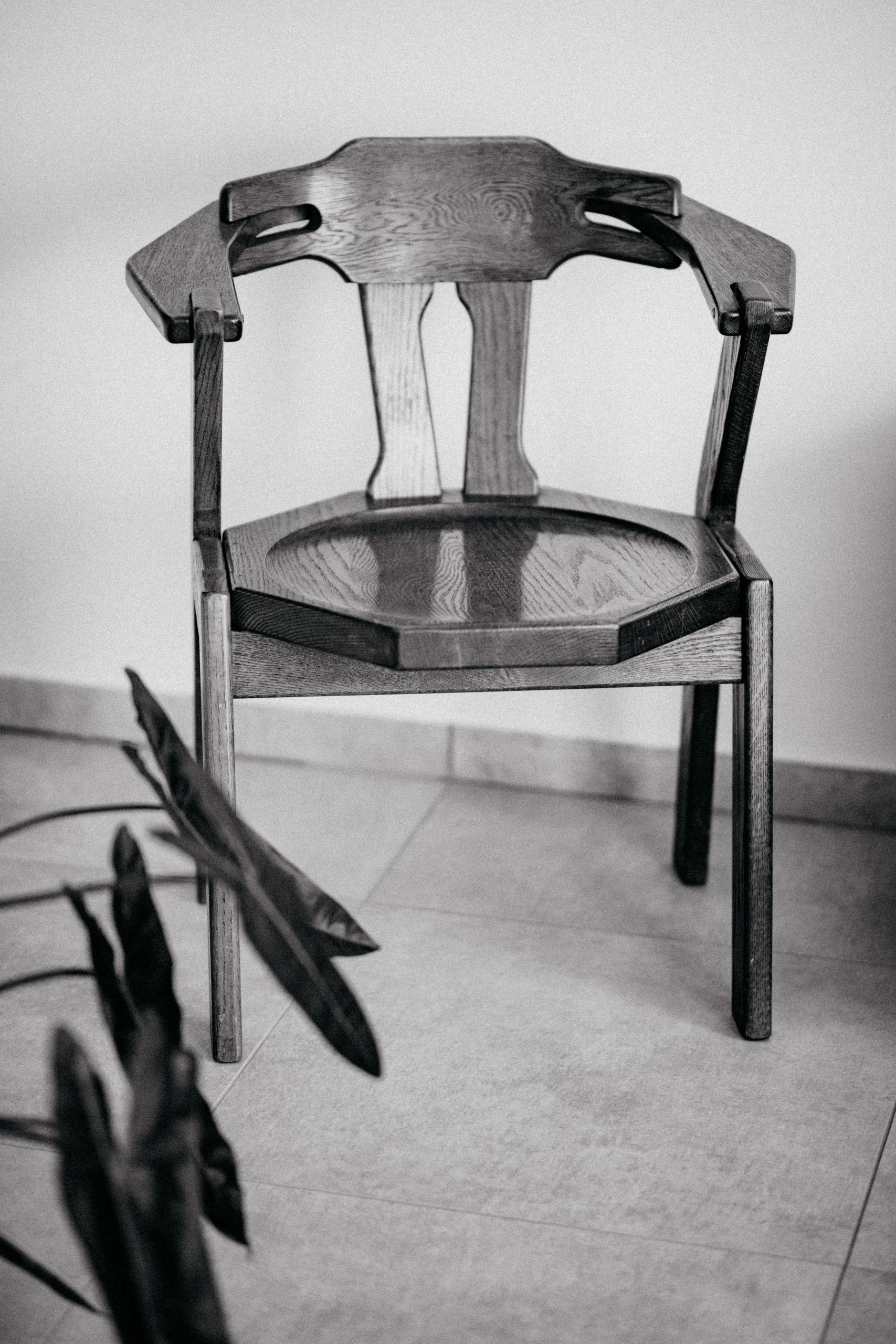Introduction
If you scroll through Instagram interiors or flip open a design magazine, chances are you’ll spot a teak sideboard, an Eames chair, or a sleek pendant lamp. Mid-Century Modern (MCM) design, born in the 1940s–60s, has never really left us. It shaped homes for generations and is now experiencing a powerful revival. But what makes it so enduring? And how does it still influence the way we live today?
The Origins of Mid-Century Modern
After World War II, societies were rebuilding. Designers embraced new technologies, materials, and a forward-looking optimism. Influenced by the Bauhaus, Scandinavian simplicity, and American innovation, MCM was born.
Its hallmarks were:
- Functionality over ornament
- Clean, geometric lines
- Integration of indoor and outdoor living
- Natural materials paired with new technologies
The Icons
MCM gave us some of the most recognizable furniture ever designed:
- Charles and Ray Eames’ molded plywood chairs
- Arne Jacobsen’s Egg Chair
- Hans Wegner’s Wishbone Chair
- George Nelson’s clocks and sofas
These designs balanced comfort, innovation, and beauty.
MCM Revival
By the 1990s, vintage MCM pieces were rediscovered by collectors and young homeowners. Magazines began showcasing them again, and retailers started producing replicas. Suddenly, teak sideboards were hot again, and auction prices soared.
Today, brands like IKEA, West Elm, and Muuto all draw directly from MCM principles. Even if you don’t own a classic piece, your sofa or lamp likely carries its DNA.
Why We Still Love It
MCM isn’t just nostalgic; it’s timeless. Why?
- Simplicity: It fits with minimalist lifestyles.
- Versatility: Works in small apartments and large homes alike.
- Natural connection: Wood, wool, and leather make spaces feel human.
- Optimism: MCM was born out of a belief in progress, which still feels relevant.
MCM in Today’s Homes
Look around and you’ll see:
- Open-plan layouts (MCM pioneered the idea)
- Furniture on tapered legs (makes small spaces feel airy)
- Statement lighting (pendants and sculptural lamps)
- Blurring indoor/outdoor living (big windows, patios)
These features are so ingrained in contemporary design that we hardly notice their origins anymore.
The Collectors’ Market
Authentic vintage pieces are highly collectible. A rare Eames lounge chair or a pristine Wegner table can command high auction prices. But MCM is democratic: affordable versions exist for everyday homes. This accessibility is part of why it continues to thrive.
The MCM Lifestyle
It’s more than furniture. MCM carries a philosophy: design should improve life. Homes should be functional, not cluttered. Beauty and utility should coexist. This philosophy resonates strongly with today’s push for intentional living and sustainable design.
Conclusion
Mid-Century Modern still shapes homes today because it was never just a style — it was a vision of how to live. Its simplicity, warmth, and optimism remain deeply relevant. Whether you own a vintage icon or a modern interpretation, you’re living with design that changed the 20th century and still defines the 21st.




